A Conestoga wagon is on display along with interpretive signs about the story of the San Juan Expedition in 1878. When I looked inside the wagon, I realized this really was the first version of a tiny home!
In the autumn of 1879, 250 members of the Church of Latter Day Saints (men, women, and children) set out from here to establish a new community in what is now Bluff. The church looked to its members to improve relations with Native Americans and bring law and order to the region (as outlaws were known to hide out in the area). The two routes that were in use at the time were hundreds of miles out of the way, so a more direct route was planned.
The pioneer expedition was expected to take about 6 weeks, but ended up being a very difficult 6-month journey through 200 miles of rugged country. The expedition waited three weeks at Forty-Nine Springs in mid-November while the leader determined the best route. Nearby, dances were held at a natural amphitheater called Dance Hall Rock (now a national historic site).
When the expedition reached the Colorado River, it was 1,800’ below. The expedition camped for 6 cold/snowy weeks while men carved out a narrow path to the river. It became know as Hole-in-the-Rock and is about 60 miles east of Escalante. Four-wheel drive, high clearance vehicles are required to reach it today (so we were unable to see it).
Wagons were lowered by ropes (held by the men and women of the expedition) to the edge of the river, and wooden ferries were built to cross it. Below is a photo of the narrow crevice.
This exhibit tells the story of the last wagon through the Hole-in-the-Rock. After 40 wagons were safely down the crevice, Joseph Stanford Smith realized that his wagon and family were still at the top. His wife, Nell, and their horse tried to restrain the wagon without help from others. At the first steep cut, the horse fell and Nell was dragged about 100’ (causing a deep gash in her leg). Nonetheless, they were able to complete the descent without further damages.
Imagine setting out in this barren, rugged territory! No lives were lost and two children were born during the expedition.
In 1881, a more accessible route across the Colorado River was found by Charles Hall 20 miles upstream. Travelers used Hall’s Crossing thereafter.
We checked out the small museum here. Photos of some of the Mormon pioneers that went on the expedition are exhibited. Also, shown is an organ of the era.
Some Native American artifacts found in the area are on display. The arrowheads in the first photo have been dated to 5,000 years ago! An archeological dig near here found artificats from 10,000 years ago as well as fossilized dinasaur remains.
For some reason I am always fascinated by petrified wood. Below is a collection of pieces found in the region.
Period farm machinery is on display on the grounds next to the small museum.
Highway 12 (seen below) was built by the CCC (Civilian Conservation Corps) between 1935-1940 and was the first paved route between Boulder and Escalante. Known as the “million dollar road,” it required a huge amount of effort, ingenuity, and dynamite to build.
On the way back to the campground, we stopped to see the Torrey Log School and Church. Built in 1898, the 21’ x 37’, one-room structure. It was used for community activities until the 1970s.
It was deeded to the Daughters of the Utah Pioneers in 1990. Having restored it, today the building continues to be used as a meeting place and for community functions.
Tomorrow we will prepare for departure to Nevada after our two-week stay in Torrey, UT. There is so much to see here, that we are really glad we stayed as long as we did. Capitol Reef is the least visited of the 5 National Parks in Utah, but it really is spectacular and much less crowded that the other four. Don’t miss it!
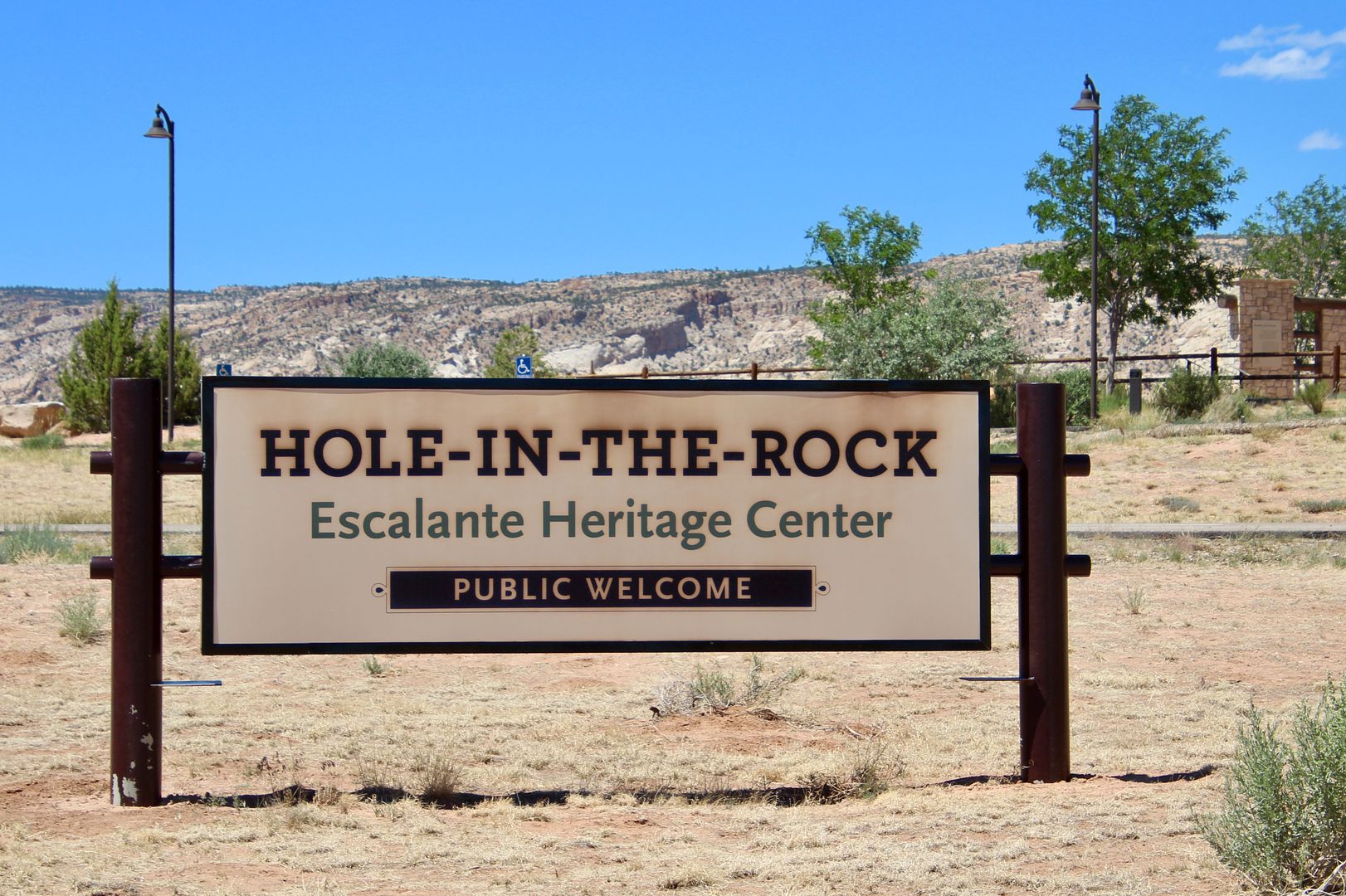
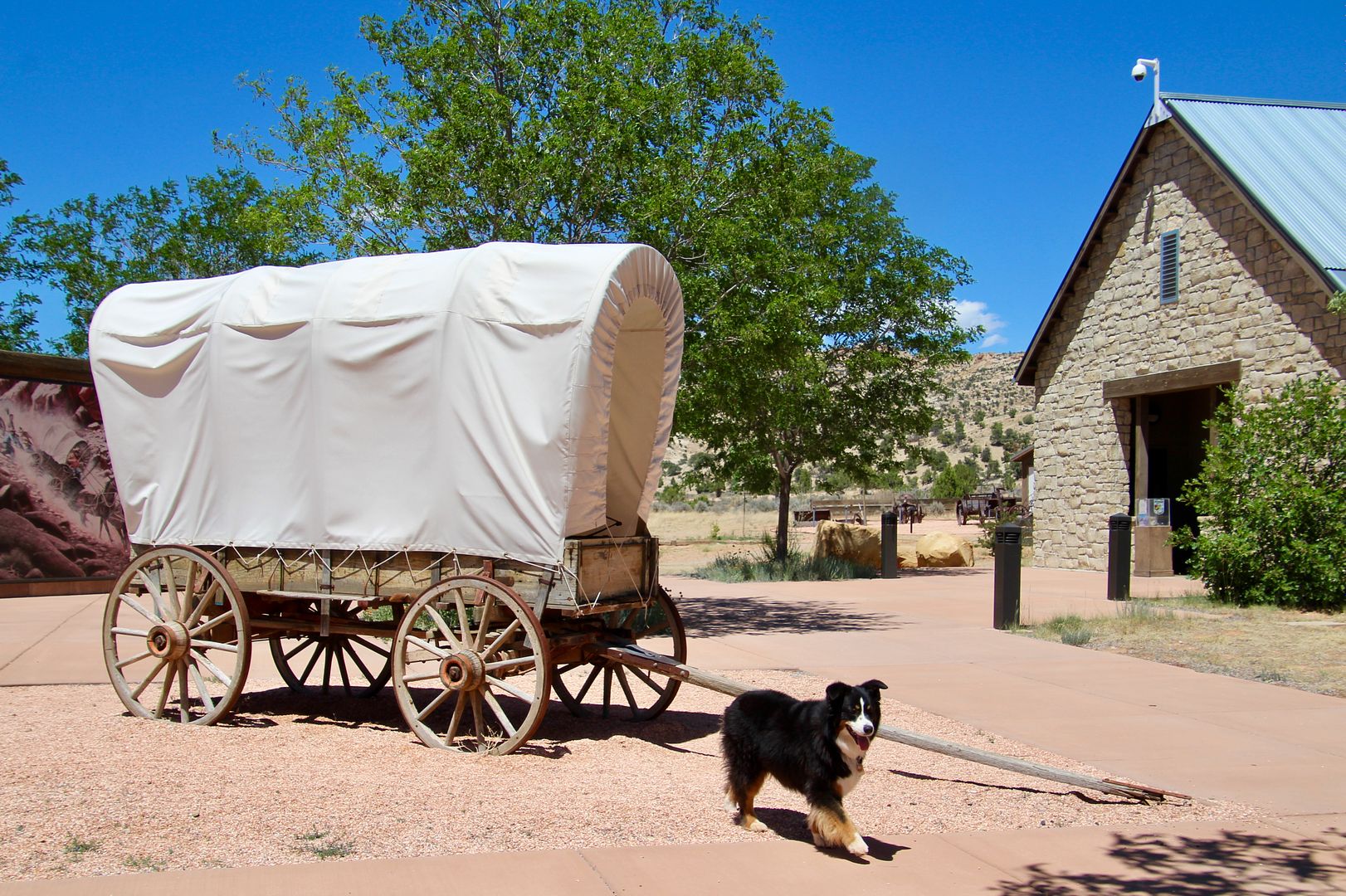
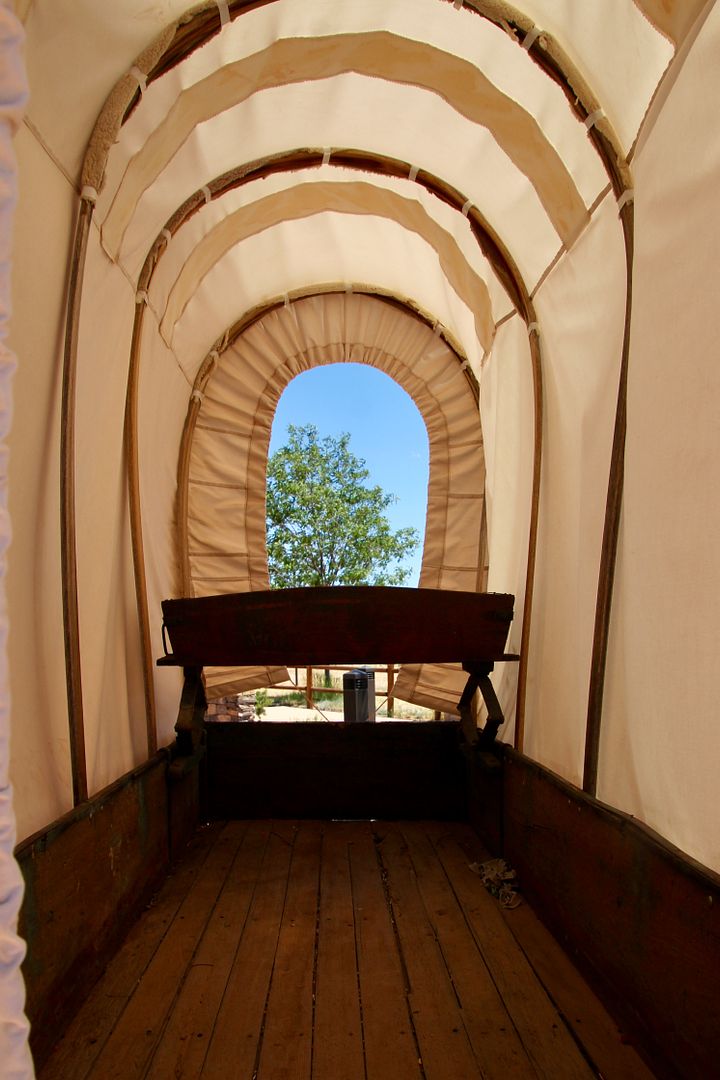
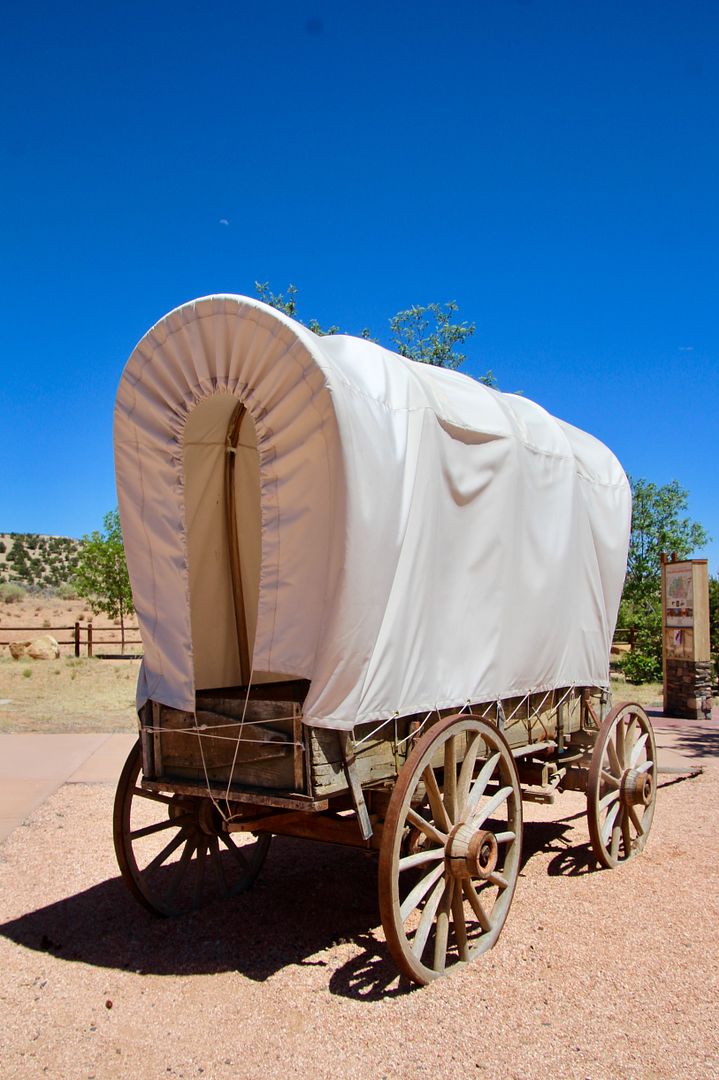
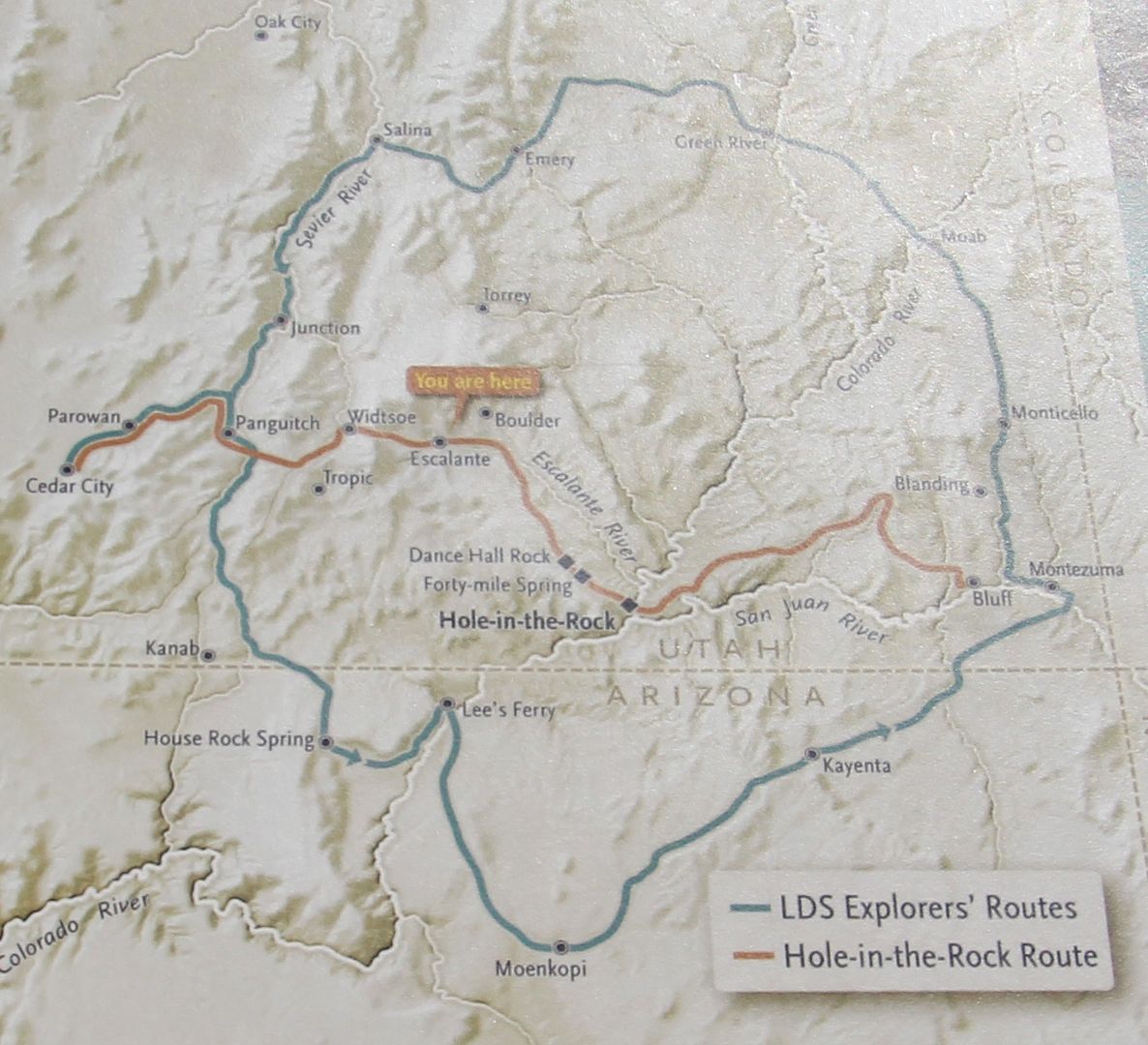
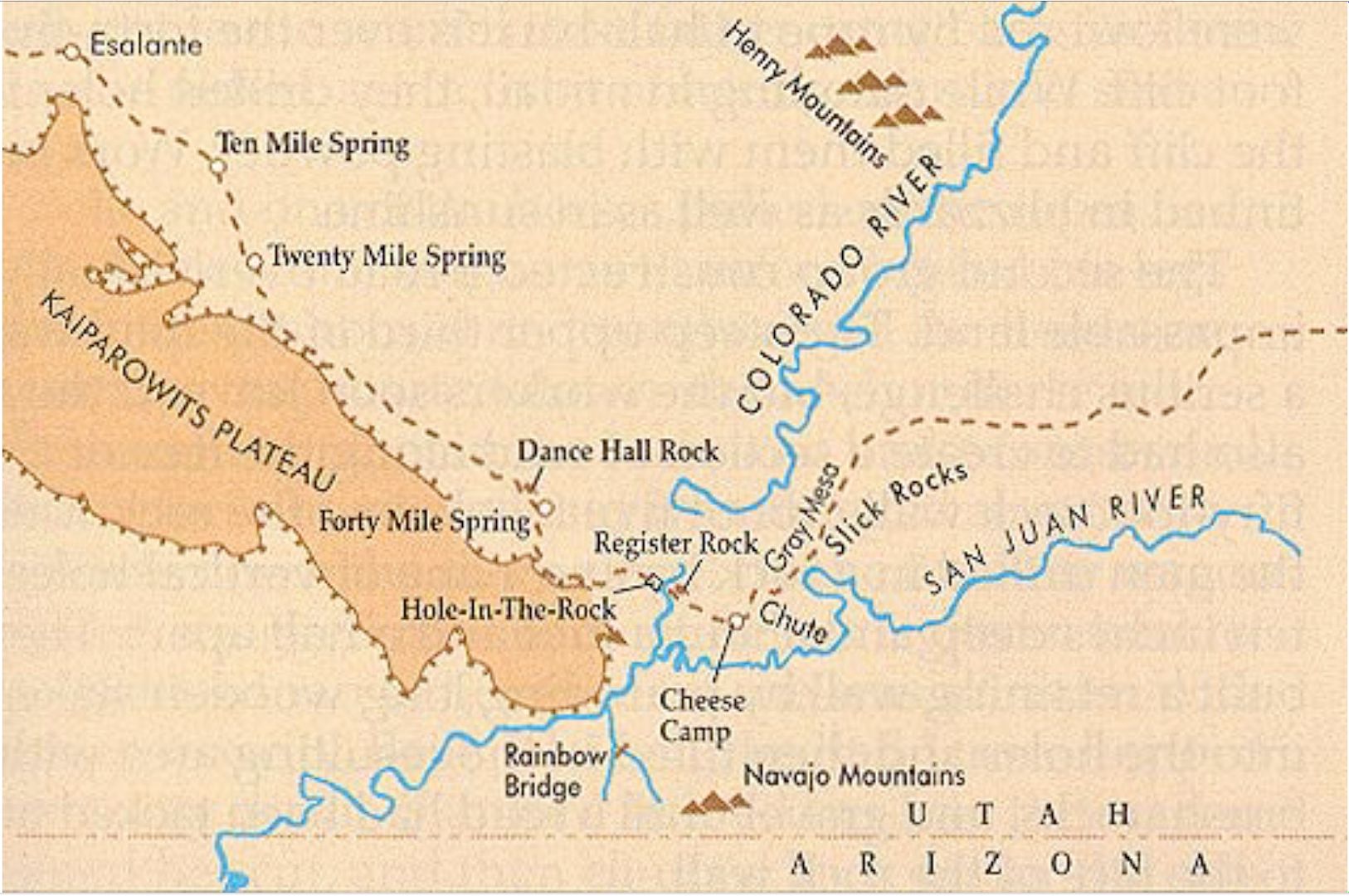
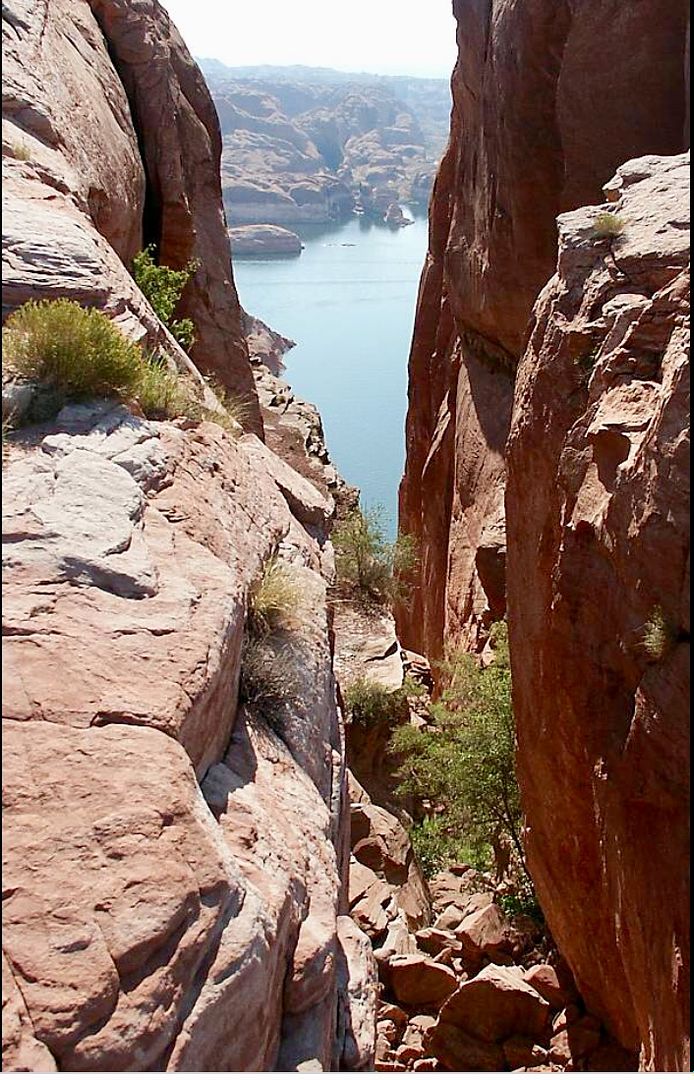

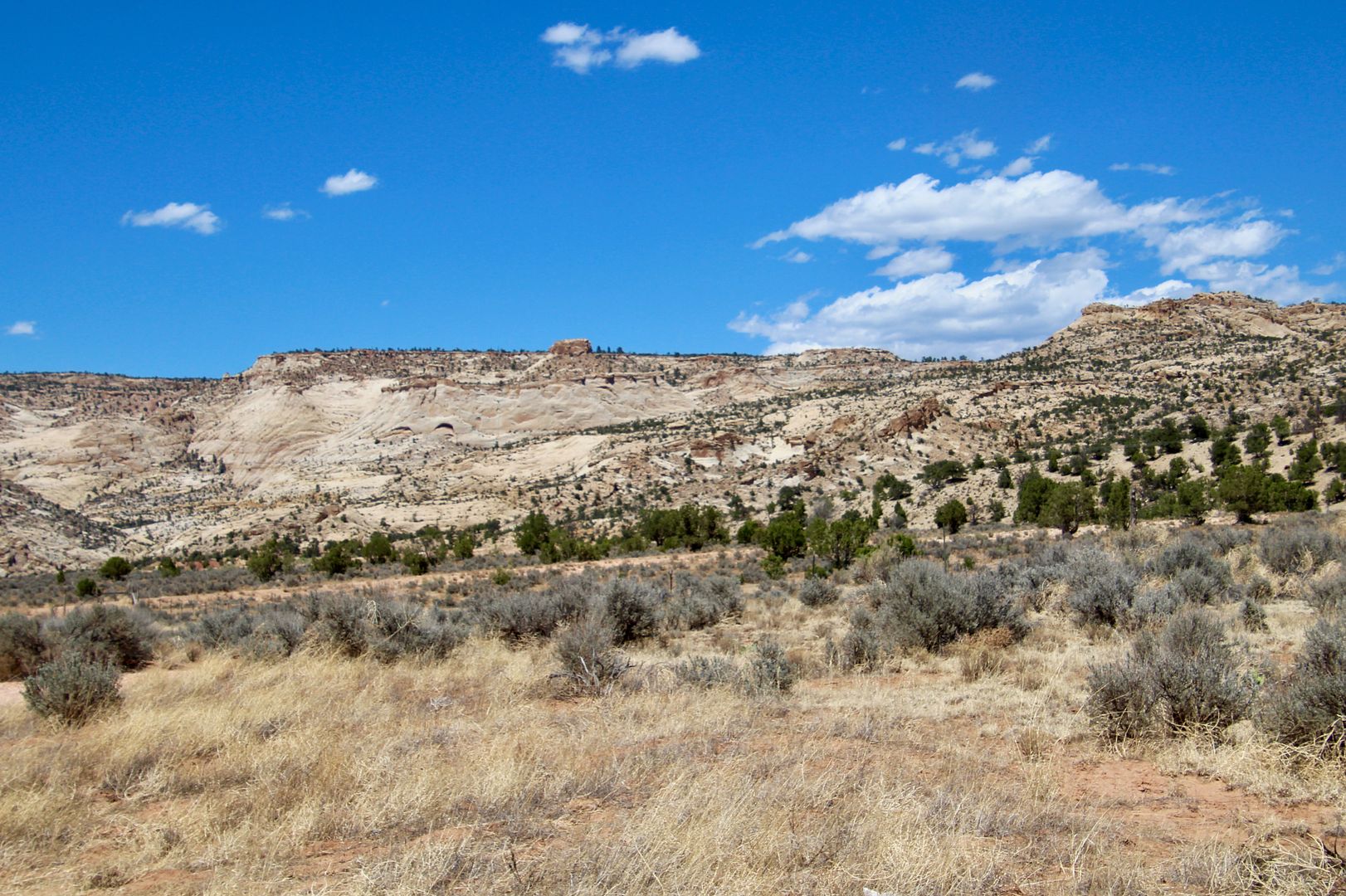
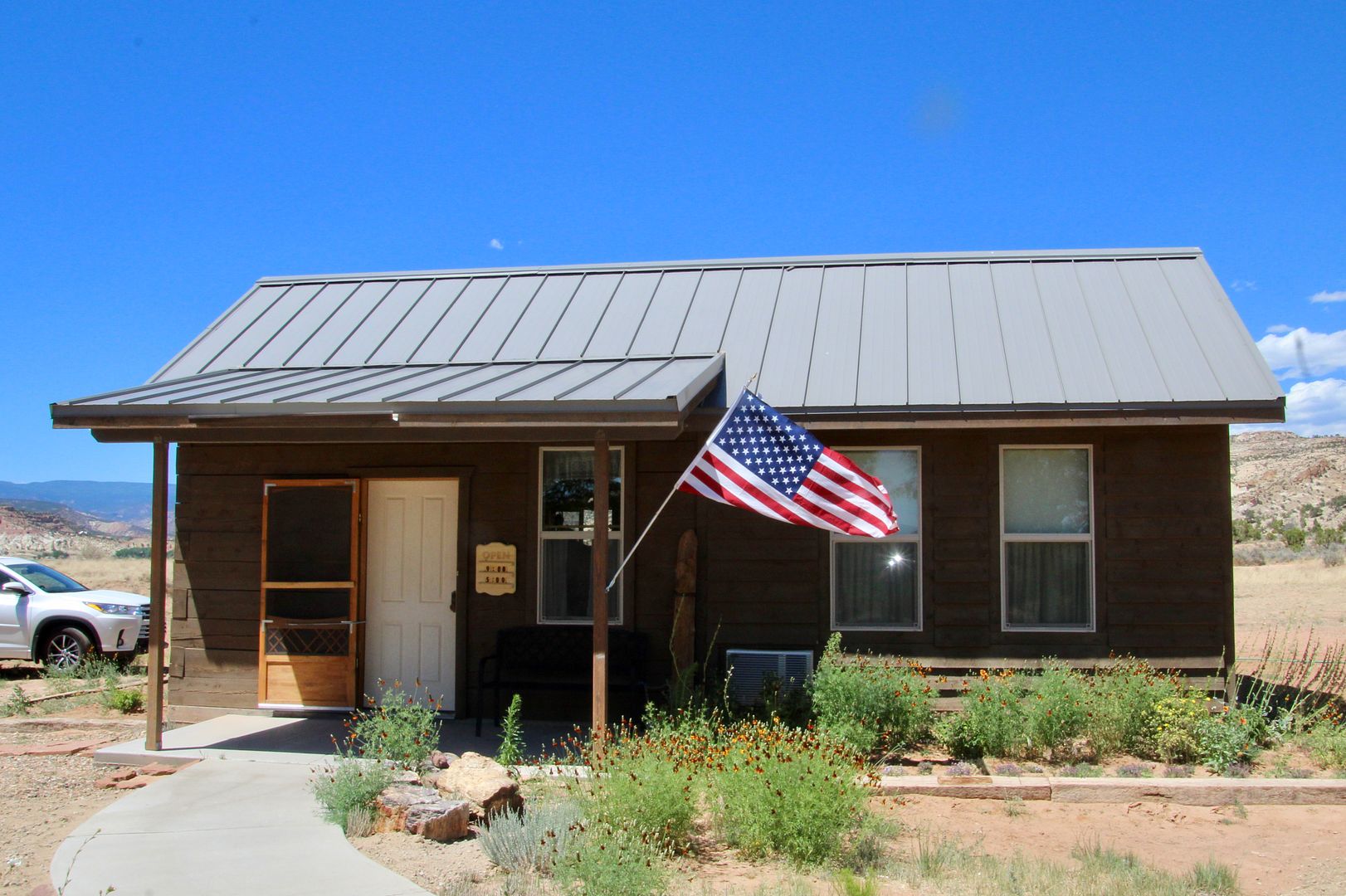
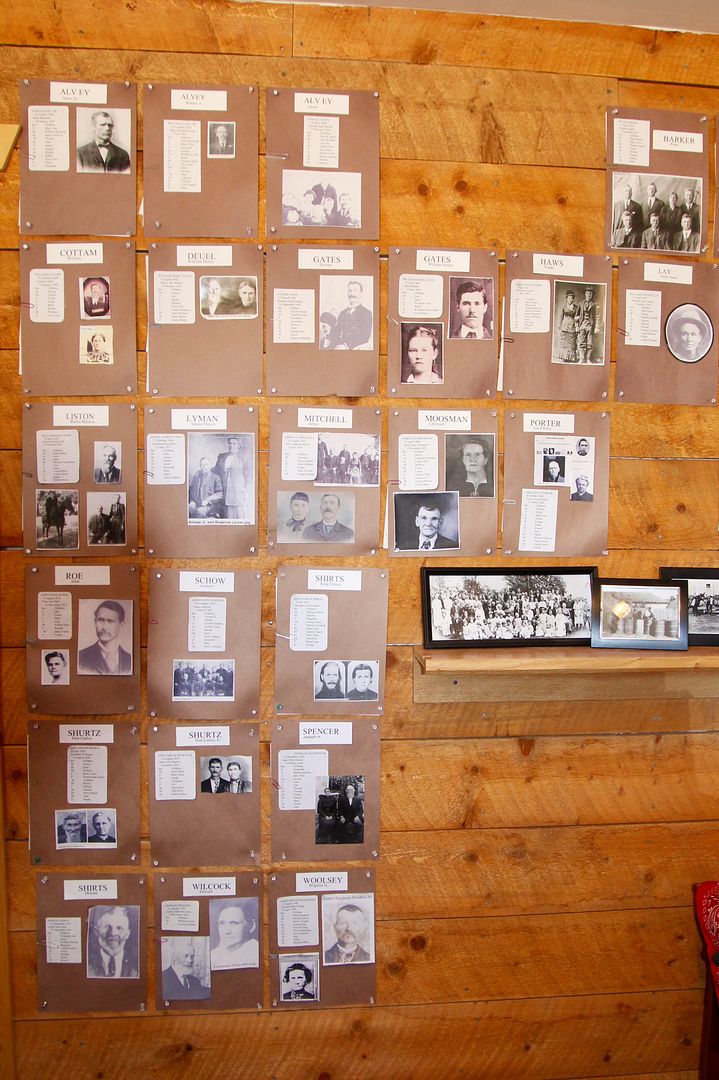
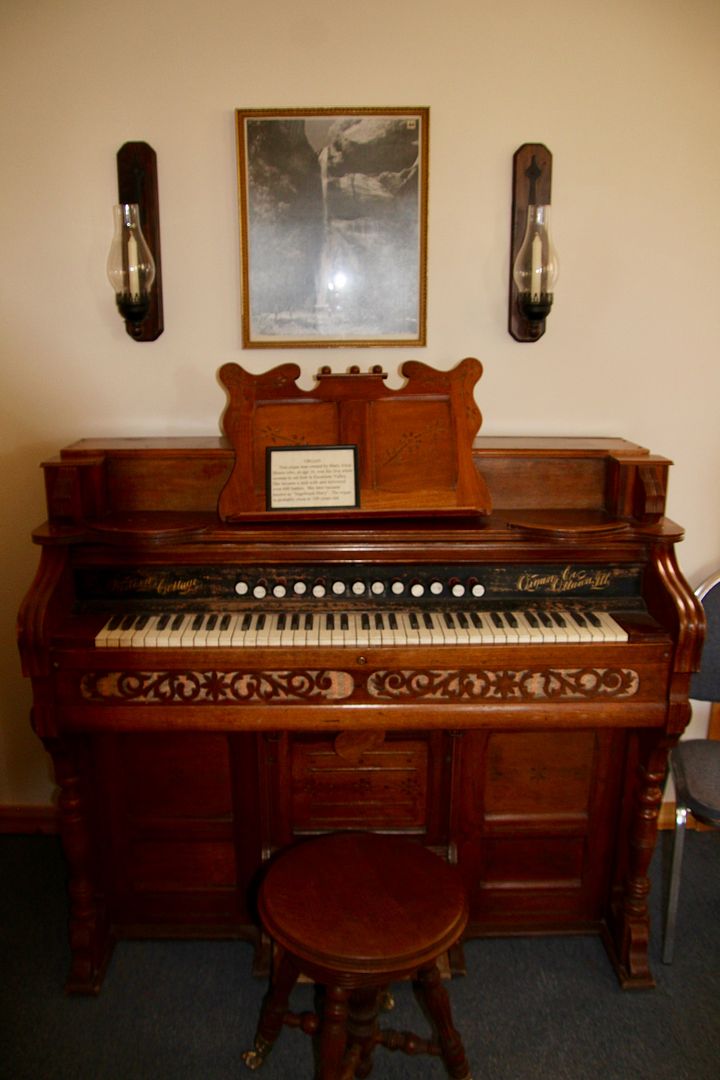
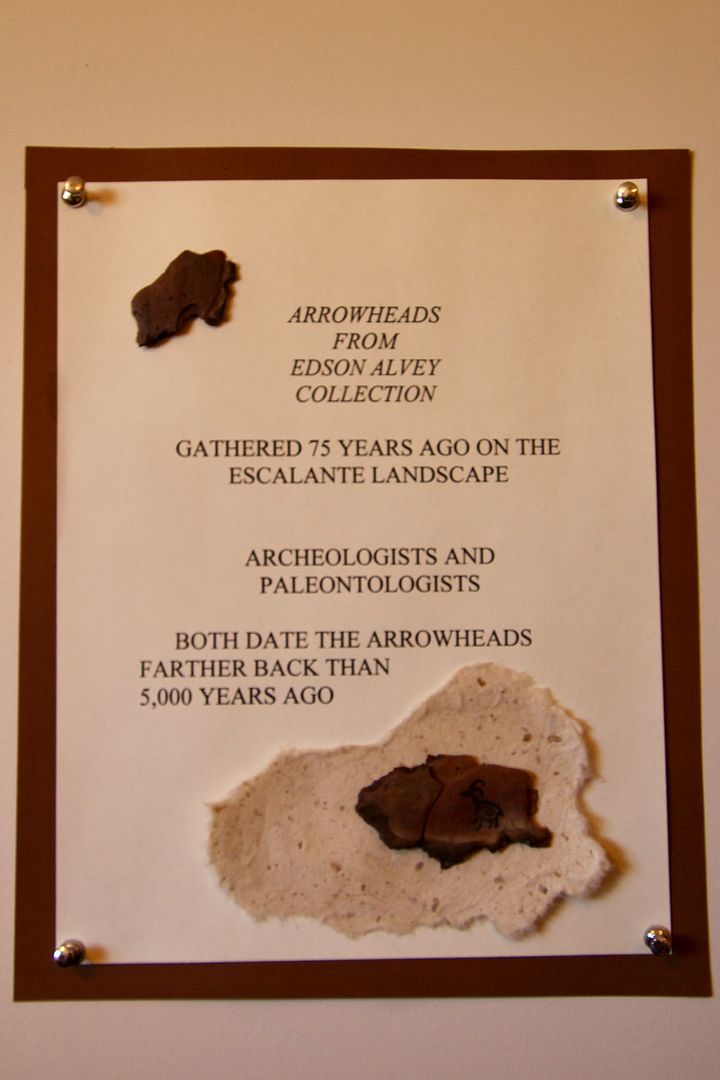
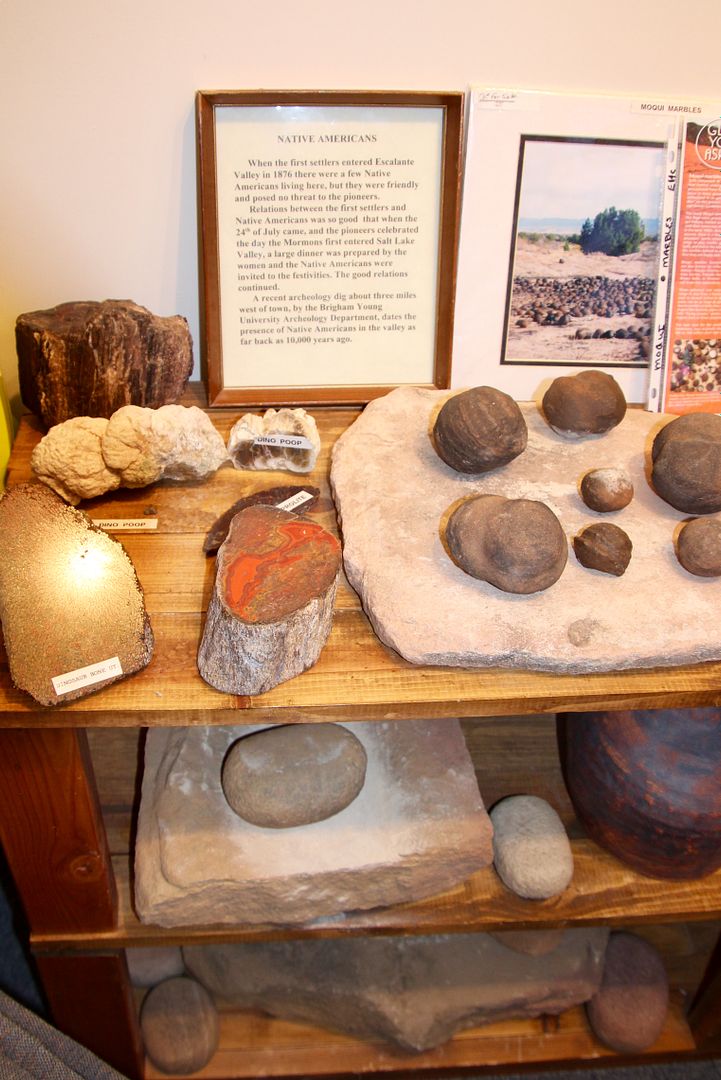
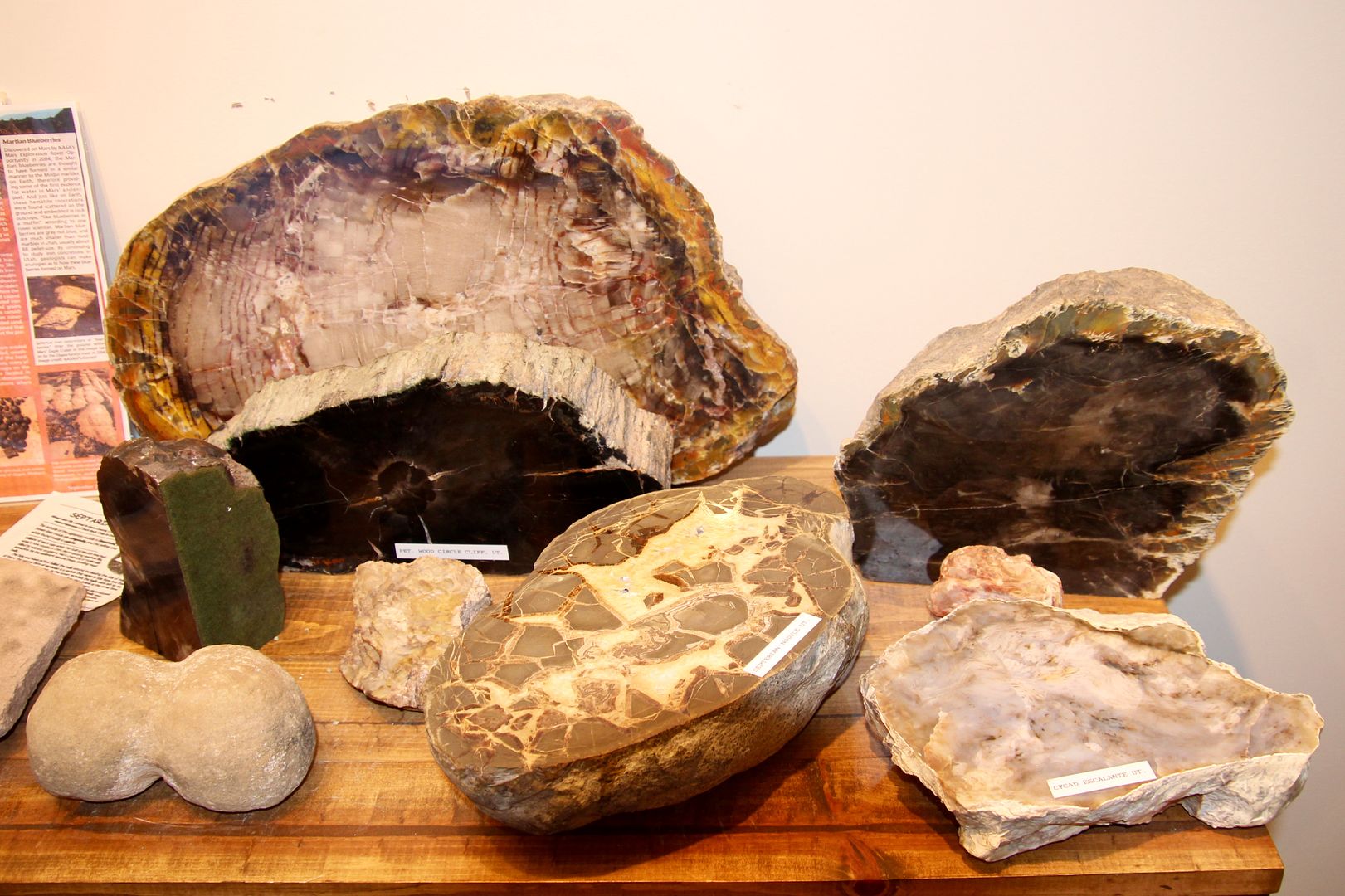

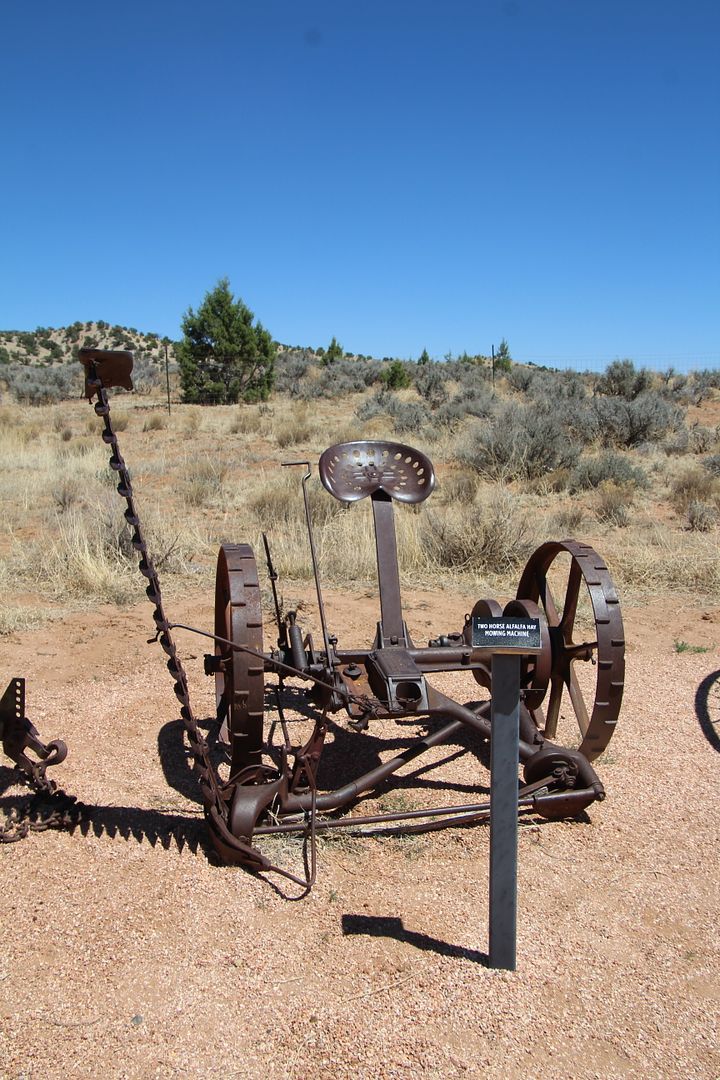
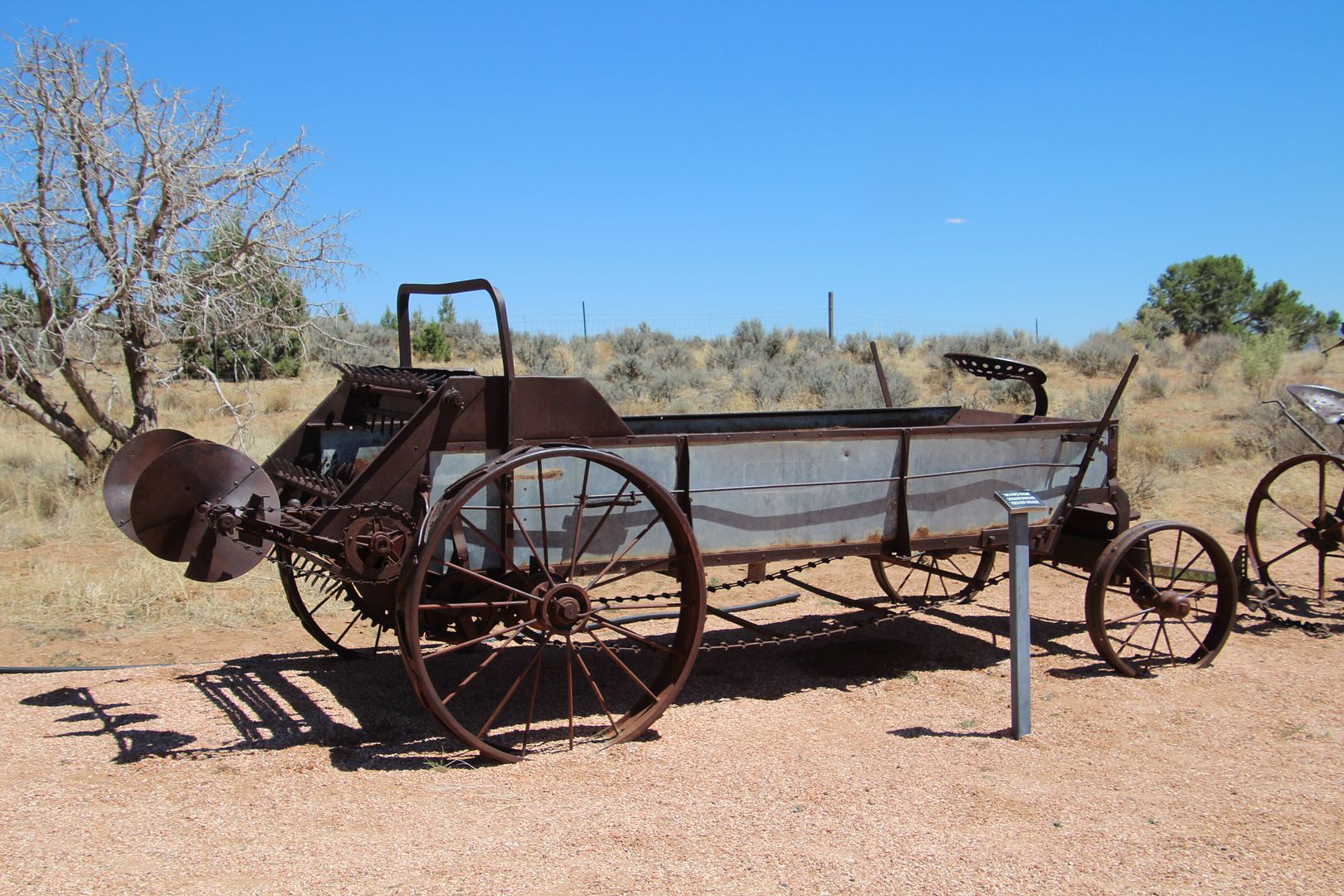
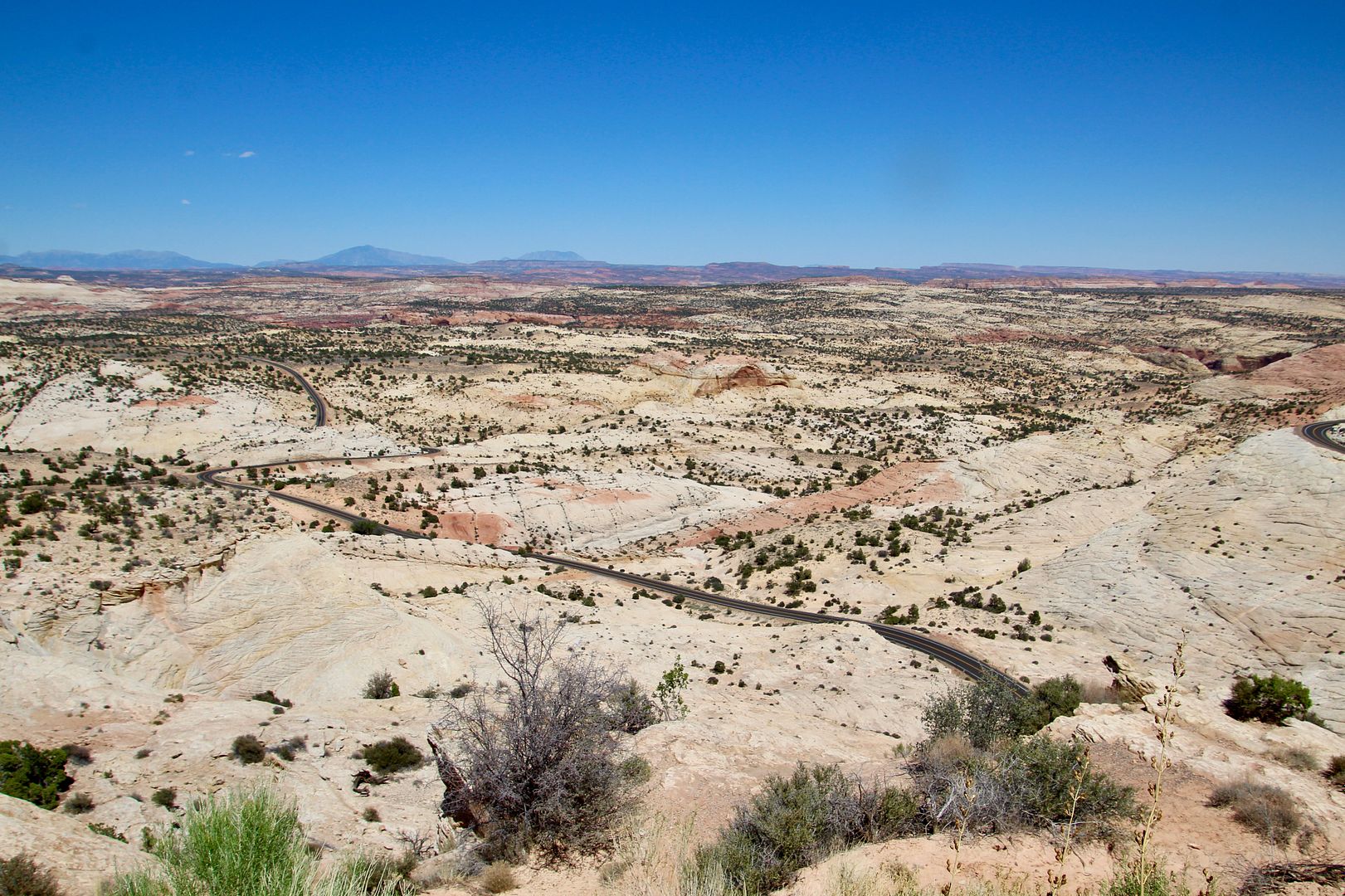
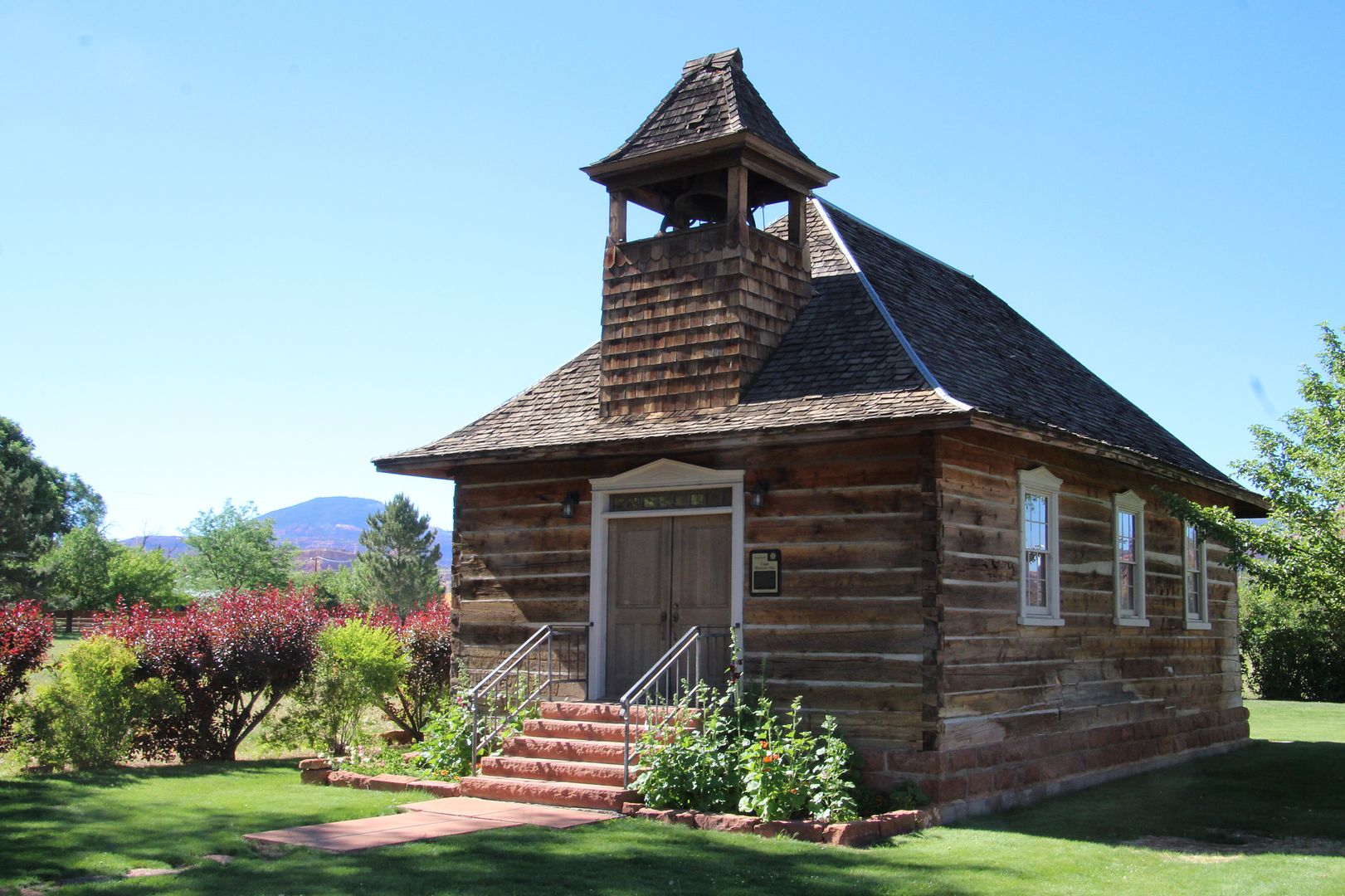
No comments:
Post a Comment